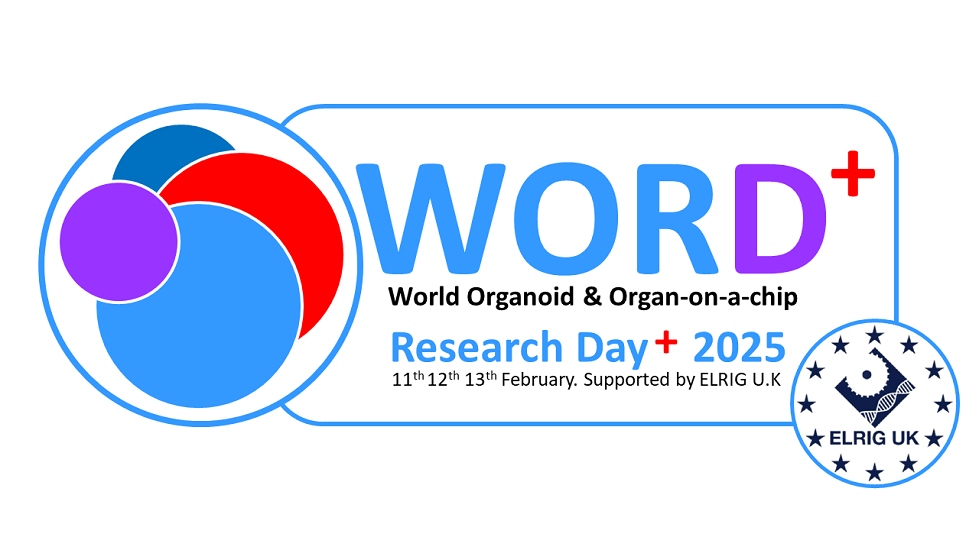Authors
C Ausilio1; A Scalzone1; PA Netti1;
1 Italian Institute of technology, Italy
Overview
The brain is the most sophisticated and fascinating organ of the human body. The complexity of its circuitry has always required novel approaches that surpass traditional methods to faithfully replicate both the structure and the operational characteristics of neuronal network. In this context, the introduction of in vitro models has aimed to reproduce the neuronal connectivity in a more physiologically relevant environment.
Introduction
Human induced pluripotent stem cells (hiPSCs) have played a pivotal role in neurobiology, promoting the development of 3D systems, such as spheroids and organoids, enabling the study of neuronal circuitry. These innovations hold the potential to replicate key molecular and cellular aspects of the brain, thereby contributing to synaptic plasticity, essential component of learning and memory processes. This advancement introduces the intriguing concept of "organoid intelligence"
Methods
Human brain spheroids have been obtained starting from human iPSCs-derived neural stem cells differentiated into mature neurons. Cells have been fluorescently labelled for Nestin and tubulin-βIII, specific markers for neural stem cells and mature neurons, respectively. Additionally, the electrical activity of neurons constituting the spheroids has been investigated by means of Ca2+ imaging
Results
Brain spheroids will be connected within a microfluidic device, whose function is to guide the spontaneous formation of axon fascicles between two spheroids. then, stimulus-response training will be used to investigate the communication between interconnected spheroids and the adaptation of neuronal networks in response to applied stimuli. High density multi-electrode arrays will further unveil the mechanisms governing learning processes within these interconnected systems.
Conclusion
In conclusion, the above-mentioned approach may pave the way towards the implementation of 3D in vitro platforms that can comprehensively explore and characterize brain learning and memory processes. This work harnesses the advantages of recreating a highly physiological microenvironment, potentially leading to breakthroughs in drug development and therapies for neurodegeneration.

